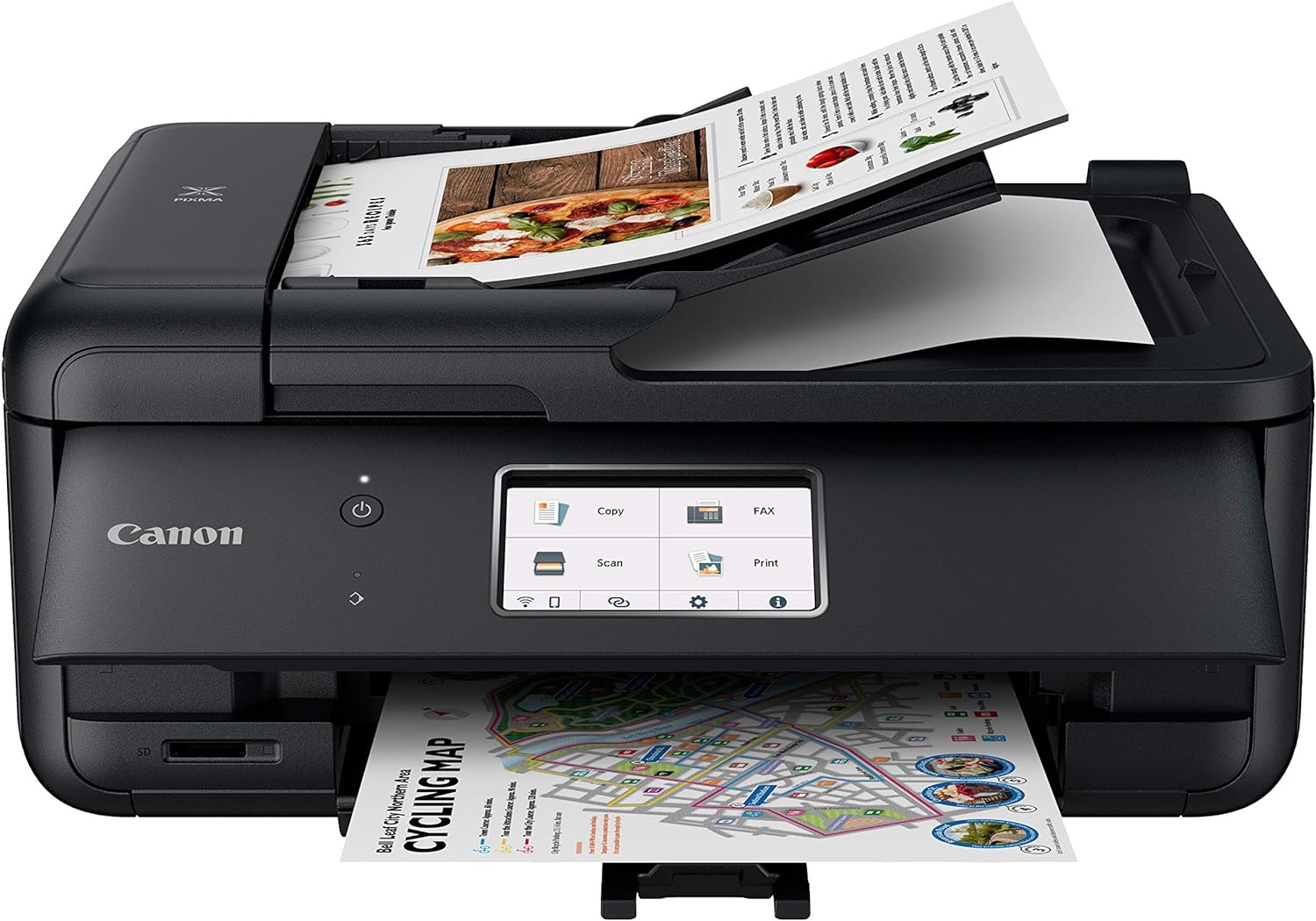In today's digital age, printers have become an essential tool for both personal and professional use. Laser printers, known for their speed and precision, have gained popularity in various industries. However, a common concern among users is whether laser printers consume a significant amount of ink. In this article, we will delve into the intricacies of laser printers and explore the truth behind their ink consumption.
Understanding Laser Printers:
Laser printers utilize a complex process involving static electricity, heat, and toner to produce high-quality prints. Unlike inkjet printers that use liquid ink, laser printers employ toner cartridges filled with powdered ink. This distinction plays a crucial role in determining the ink consumption of laser printers.
Efficiency of Laser Printers:
Contrary to popular belief, laser printers are remarkably efficient when it comes to ink consumption. The powdered ink used in laser printers is applied to the paper in a precise and controlled manner, resulting in minimal wastage. Additionally, laser printers are designed to print at high speeds, allowing for quick and efficient ink usage.
Longevity of Toner Cartridges:
One of the key advantages of laser printers is the longevity of their toner cartridges. Unlike inkjet printers that often require frequent cartridge replacements, laser printers can produce a significantly higher number of prints before requiring a cartridge change. This longevity is attributed to the powdered ink's ability to produce more prints per cartridge compared to liquid ink.
Cost-effectiveness:
While laser printers may have a higher upfront cost compared to inkjet printers, their cost-effectiveness becomes evident in the long run. The efficient ink consumption and extended lifespan of toner cartridges translate into lower overall printing costs. Businesses and individuals who frequently print large volumes of documents can benefit greatly from the cost-effectiveness of laser printers.
Factors Affecting Ink Consumption:
Although laser printers are generally efficient in their ink usage, certain factors can influence the amount of ink consumed. Print settings such as print quality, paper type, and color usage can impact ink consumption. Higher print quality settings and color prints tend to require more ink. Additionally, using specialty papers or printing graphics-intensive documents may also increase ink usage.
Tips to Optimize Ink Consumption:
To further optimize ink consumption in laser printers, consider the following tips:
- Adjust print settings: Selecting a lower print quality setting can reduce ink usage without compromising readability.
- Print in grayscale: Printing in black and white or grayscale mode can significantly reduce color toner consumption.
- Proofread before printing: Double-checking documents for errors before printing can prevent unnecessary reprints and conserve ink.
- Use draft mode for internal documents: When printing internal documents that do not require high-quality prints, utilizing draft mode can save ink.
Conclusion:
In conclusion, laser printers are not notorious for excessive ink consumption. On the contrary, they are designed to be efficient and cost-effective, making them a preferred choice for businesses and individuals alike. By understanding the technology behind laser printers and implementing ink-saving strategies, users can maximize their printing efficiency while minimizing ink usage. So, the next time you consider purchasing a printer, rest assured that laser printers are a reliable and economical option.

